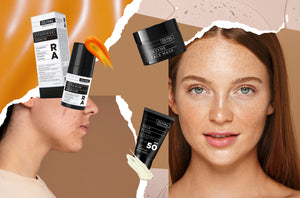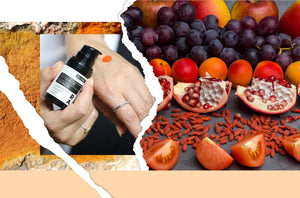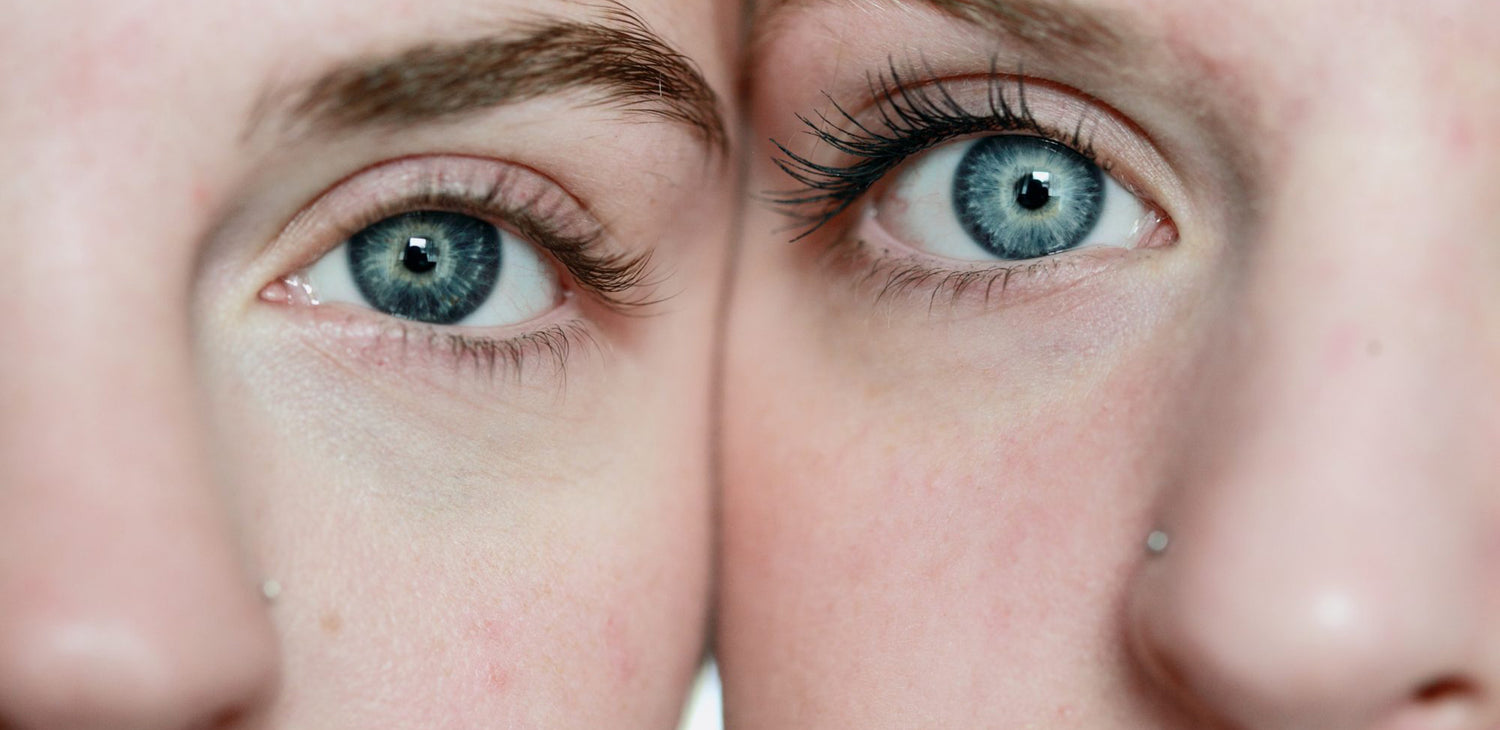For years, retinol has been one of the most popular ingredients that ensure a fresh, even complexion without wrinkles and fine lines. It is the most well-known term that very often refers to a whole group of similar substances - retinoids.
Studies have shown that retinol acts against premature aging, i.e. photoaging of the skin (UV-induced damage) in two ways: by mitigating the impact of UV on matrix metalloproteinases and by stimulating collagen synthesis in already photodamaged skin. [1]
However, in addition to retinol, retinoids include four (most well-known) different forms of active ingredients, and one of them is an ideal introduction to a beginner's retinol care routine. It is retinyl palmitate.
This powerful active substance belongs to vitamin A derivatives . It is one of the more well-known (and recognized) vitamins used in facial care, since its use has a number of positive effects on the skin.
Vitamin A first of all balances the cells of the skin, which affects the health of the hydrolipidic barrier, the skin's resistance to external influences and prevents changes in the form of irregularities.
Vitamin A is a somewhat "complicated" care ingredient. As it accelerates cell turnover and has exfoliating properties (like acids), it can cause irritation, peeling, temporary dryness, hypersensitivity, which is why it is necessary to gradually introduce it into the routine only in the evening, carefully monitor skin reactions and accordingly correct the frequency of use and combination with other products . Also, its use is not recommended during pregnancy and breastfeeding, but functional analogues of retinoids and other active substances are suggested, and the skin must be protected with SPF during use.

Go slow and choose wisely
The stabilized formula of Vitamin Serum RA, based on 0.1% pure encapsulated retinal, helps to maximize the effectiveness of the ingredient with minimal irritation potential. It is best to gradually introduce the serum into your routine so that your skin can monitor the effect and adapt to this active ingredient. In the first two weeks, it is recommended to use it every third evening, then gradually increase its use to every other evening. You should also try the "buffer method" - applying a neutral cream, then a serum with retinal, and then a neutral cream again.
Improves skin texture and tone, cleans pores...
Vitamin Serum RA has multiple effects: it accelerates cell turnover, balances skin cell functions, and reduces the visibility of hyperpigmentation and post-acne spots. It stimulates the synthesis of collagen and elastin, which restores skin firmness, and its anti-inflammatory properties help with acne and blemishes. The texture of the complexion becomes smoother and the tone is even, making it excellent for problematic and mature skin.
-----------------------
[1] Rong Kong, Yilei Cui, Gary J. Fisher, Xiaojuan Wang, Yinbei Chen, Louise M. Schneider, Gopa Majmudar. A comparative study of the effects of retinol and retinoic acid on histological, molecular, and clinical properties of human skin. Journal of Cosmetic Dermatology, 15, 49—57. https://onlinelibrary.wiley.com/doi/pdf/10.1111/jocd.12193 accessed 14.6.2020.









